Wooden fence: beautiful fence design ideas
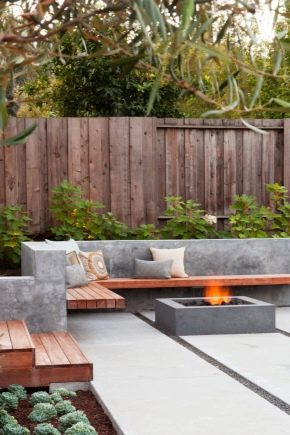
The hut is strong with a constipation, and the yard is a fence. It's good when the neighbor is close and the fence is low. Without a fence and constipation, you cannot protect yourself from a thief. Without pillars and a fence is not worth it. The higher the fences, the better the neighbors.
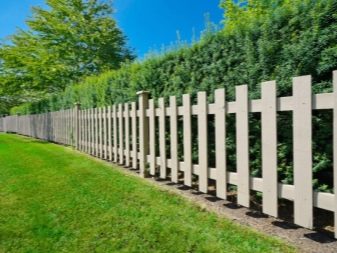
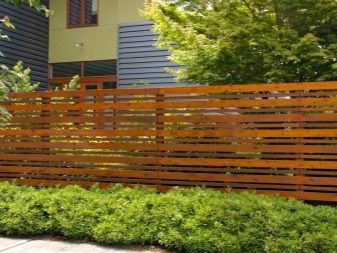
Just a few proverbs indicate that great attention has been paid to fences since ancient times. Time passes, technologies and building materials change, but the desire to protect your site with just wooden material does not pass. What is the reason for such a love for wooden fences, how to make a beautiful wooden fence with your own hands - let's try to figure it out.
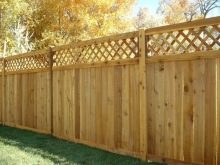
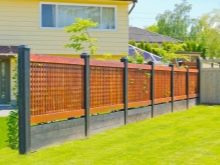
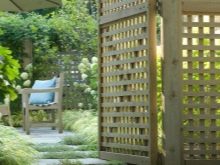
Peculiarities
In central Russia, wood has always been considered the most popular building material. Its accessibility made it possible to build huts and baths, make furniture and dishes even for very poor people. Places where wood is a luxury is another matter. In this case, a wooden fence is a sign of the wealth of the owner of the house:
- Thus, the first feature of the use of wood when creating a fence can be called a tradition based on accessibility.
- The second feature is a demonstration of wealth or one's own skills and abilities.
- An important circumstance of using such fences is practicality: for example, you can put up the simplest fence to guard livestock, and, if necessary, dismantle it and move it to a new pasture.
- Environmental friendliness is another feature. A bench placed under the fence will allow you to enjoy the aroma of essential oils exuded by boards or slats. Wood will never be hot or cold like metal. It will perfectly absorb, unlike stone, most of the street sounds.
- If necessary, in most cases, you can replace a fragment of the fence or repair the existing one.
- Limiting a large perimeter (for example, a private house with a vegetable garden) is a costly business if you install a stone or metal fence. But a braid made by hand can be free of charge.
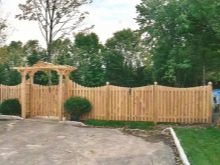


Summarizing all of the above, there are two main functions of a wooden fence:
- protection of territory and households;
- decorative design.
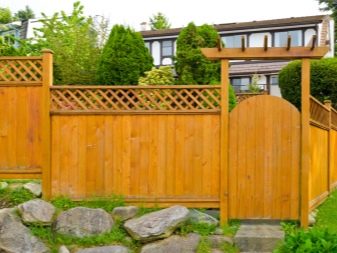
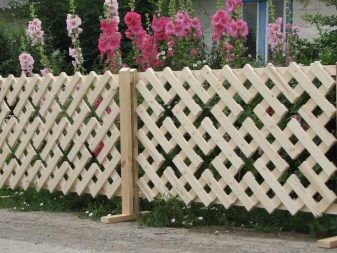
At the same time, he can protect:
- the house and the entire household plot;
- only outbuildings with a pen for animals;
- only the front garden;
- flower bed or flower garden.
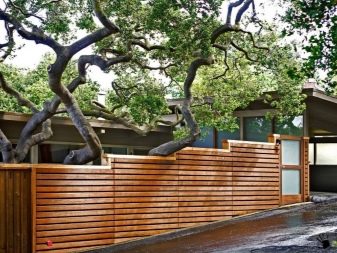
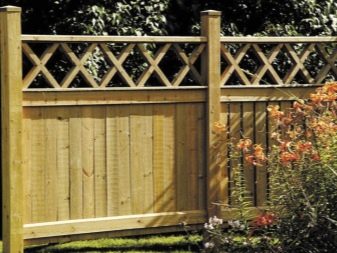

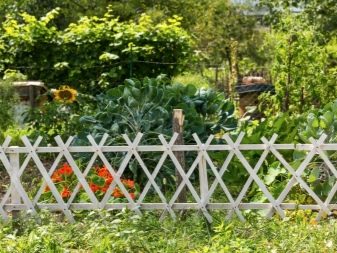
According to the degree of penetration of the gaze, a wooden fence is:
- deaf;
- translucent;
- transparent.
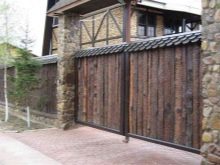

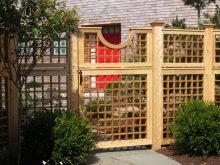
Advantages and disadvantages
Indeed, such a fence has a lot of advantages over other materials:
- comfortable temperature of wooden elements at any time of the year or day;
- the possibility of self-production and installation without invited craftsmen and complex tools;
- huge room for decor;
- the choice of color depends solely on the desire of the owner, not the manufacturer;
- the ability to apply unusual geometry and shape in general;
- goes well with stone and brick, metal and concrete, mesh and waste material.




It would seem that there are no shortcomings. But this is not the case: a wooden fence requires constant maintenance. But if you do this regularly, then he will delight with his beauty for many years.
The service life will depend on the climatic zone and the quality of the soil.
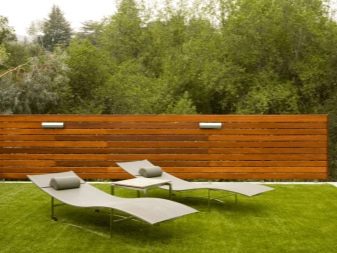
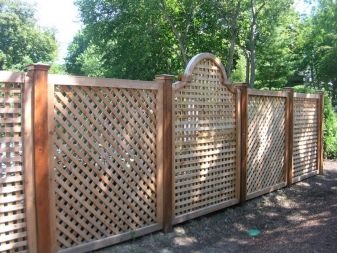
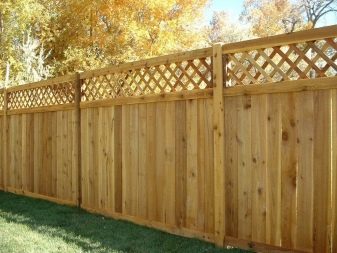

Views
Before starting the construction of the fence of the required site, the owner must answer several questions:
- what function the fence should perform;
- what height it will have;
- it will be deaf or transparent;
- how it will open;
- whether additional materials will be used (brick, stone, etc.);
- what the pillars will be made of (metal, logs, brick);
- what kind of wood will be used for poles and spans;
- will you need the help of specialists;
- what material costs can be expected.
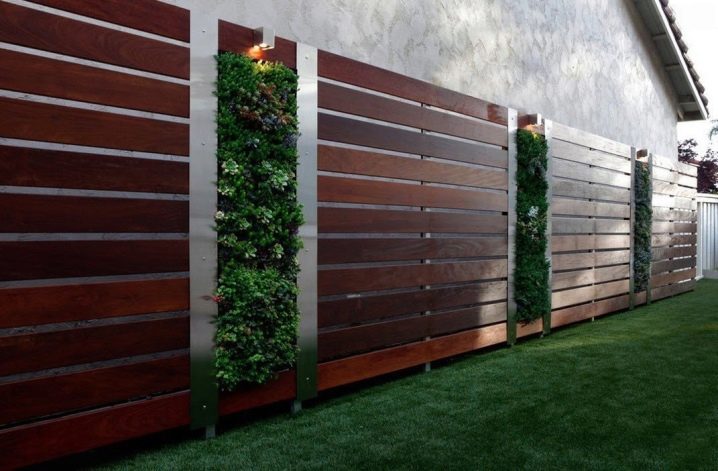
After analyzing all the answers, you can choose one of the types (or combine them):
- Herringbone... Also, such a fence is called a ladder or American. From a distance, the surface resembles a blank siding. Upon closer inspection, you will notice that there are gaps between the boards located at an angle. This type of custom design will protect the area from roadside dust, but allow air currents to pass through. Strong winds cannot damage the fence.
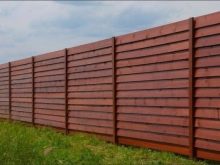
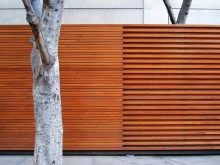

- Classic version Is a vertical or horizontal tightly fitted canvas. It can be based on a brick or stone foundation, or only on wooden, metal, brick or stone pillars. Such a fence is suitable both for a private house or cottage, and for a summer residence, that is, for those who want to leave their private life as such.

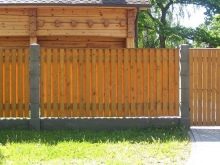

- Wattle - the most emotionally warm type of fence. It was invented so long ago that now you can't even remember exactly when. It is still considered common among the Slavic peoples. But recently it is often used as a decorative element for low fences. At the same time, they make deaf high fences - braids, which look amazing in combination with other materials.

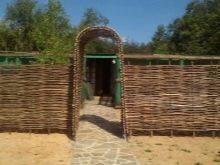
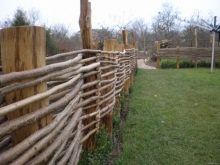
- Barrage ranch style has long ceased to be only American. Style is another matter. In the usual design, such a fence also serves to create a barrier to animals. But there are also beautiful options for fencing adjoining territories.
You need to be prepared for the fact that this fence will not hide from prying eyes. Yes, and it is suitable for a small section of the fence, possibly a front garden.
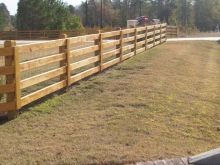


- Lattice was once considered an unusual fence. The rails intersected at an angle of 45 degrees make the structure very airy. Liana-like plants and grapes will perfectly curl along it. Over time, a transparent lattice can turn into a living opaque hedge. Such sections, interspersed with a braid or a blank fence, look even more unusual.
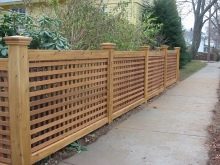
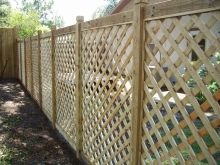

- Palisade appeared, perhaps, at the same time as the wattle fence, but it was used to protect the entire village. A sturdy and sturdy blank fence will reliably protect you from uninvited guests. Especially if vertical stakes or logs have a pointed top edge. The foundation and brick (stone) pillars will give durability to such a fence. But there is also an easier version of the stockade - bamboo. It does not last so long, but it is much easier to mount it. Moreover, modern manufacturers offer rolled ready-made fence.
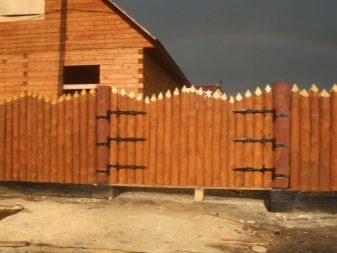
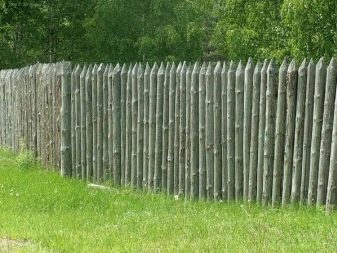
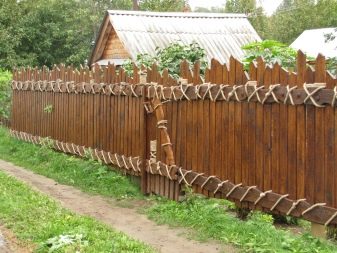

- Fence - one of the most popular types. So much so that now they are producing a metal picket fence. This is a universal fence of various heights and widths of picket fences. They can be quickly and easily attached to wood veins. If the wooden canvases are placed close to each other, then from the site you will be able to see those passing by, but from the street you can see what is happening in the courtyard only by stopping. For the decorative design of such a fence, paint and varnish are used. It is made carved and multi-level, combined with other materials.
The picket fence without supporting posts and crossbars looks quite unusual. Such a fence is also called a palisade, but still the point is not in the name, but in the aesthetic and functional appeal. Recently, the horizontal picket fence is gaining popularity as more economical and easy to install.
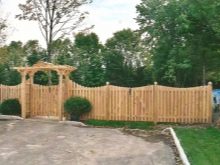

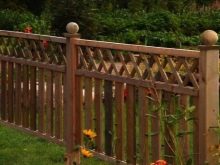
- Chess - a mixture of picket fence, palisade and classic fence. In fact, this is a picket fence, but nailed in two rows (from the street and the yard) in such a way that there are no gaps between the boards and the fence becomes deaf.In this case, both sides are front. In order to protect personal space from gaze and encroachments, they make it from wider pickets.
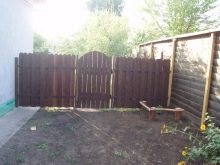
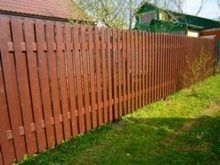
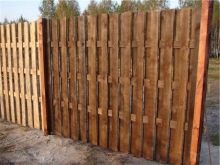
Color solutions
Once upon a time, wooden fences were not painted at all. And even now, the village picket fence, which encloses an ordinary vegetable garden "at the back," is hardly exposed to paint and varnish materials. Nevertheless, they always try to improve the fence in front of the house, the front garden.
Color solutions for this are chosen by the most different. Starting from varnishing, so as not to deprive the tree of the pattern given by nature. This method can give a cedar color to a larch, and a nut color to a pine. For the same purpose, as well as for protection from insects, various stains and other impregnating substances are used. This option will bring the color of the fence closer to the color of the pillars, foundation, gate, house.
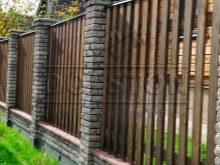

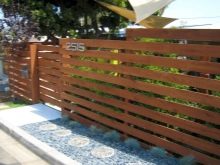
A wooden picket fence, a lattice and even a palisade are covered with multi-colored paints. The palisade in the form of colored pencils looks especially interesting. Such a fence of the playground will protect from road dust, street debris and strong winds.
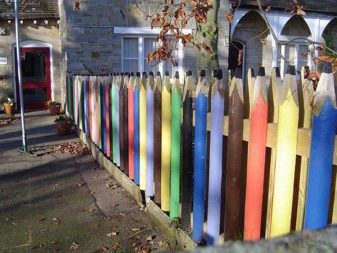
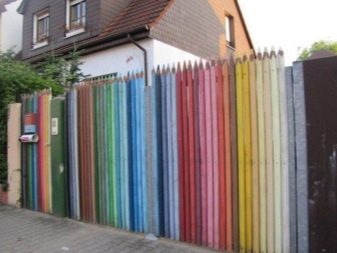
If the house has been painted, then it is logical to cover the fence with paint, which creates a single ensemble of the entire estate. To do this, you can use templates for flowers, animals, floral ornaments. Sometimes two colors are used for this: for the background and for the template. Moreover, template drawings are most often painted white. In other cases, real pictures are painted on the facade of the house and on the fence.
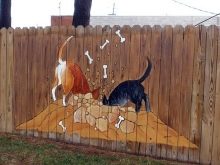

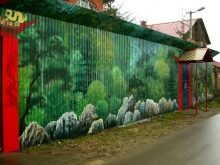
But still, the tree is often left with its appearance. After all, it is for naturalness, warmth and naturalness it is appreciated.

Decor
In addition to paints and varnishes, there are many other ways to decorate wooden fences. Before settling on any decor option, you can look at 3D samples on the Internet to see the fence "live" from different angles and in different materials:
- Some types of fencing are fence decor themselves. For example, a lattice or braid, a checkerboard or a log palisade.
- Fence fired on a fire or using a burner will not only get rid of insects and their larvae, but will also become a real designer find in the design of a Russian estate, a robber's harbor or Berendey's kingdom.
- The use of stone and brick will add solidity and durability to the entire structure. But this is also a great decorator's technique, as such fences look very beautiful.
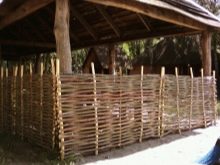
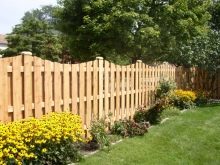
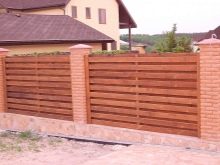
- Metal is not only a reliable protection for the fence itself, but also a beautiful decorative element. Forged elements will give an aesthetically pleasing appearance and reliability to a wooden canvas.
- The old fence can be updated in a non-standard way. If it has not been varnished for a long time, then it will be difficult to do this: it will absorb an incredible amount of paints and varnishes, but it will no longer have the proper look. You can hide this significant drawback by using overhead decorative elements: flower pots, curly vertical greenery, birdhouses, old waste materials in the form of flat toys, pictures, etc. The fence itself, of course, will not save, but it will move away for a while its dismantling and installation of a new fence.
- A photo grid will also help transform the old fence. This modern decorative material will help hide the flaws of any fence. You just need to choose the right material and picture of the photo grid.
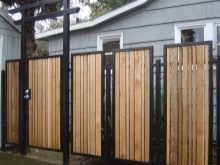
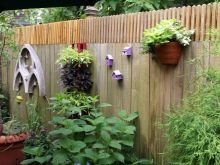
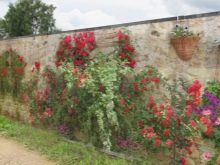
- Log cuts are a very beautiful decor option. With its help, you can turn a transparent fence into a deaf one, hide holes in the place of damaged picket fences.
- The wattle fence can zone a resting place in the country. If climbing plants or artificial sunflowers are woven into it, then such a place will be stylized as a Ukrainian welcoming hut.
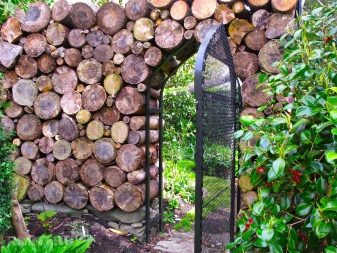
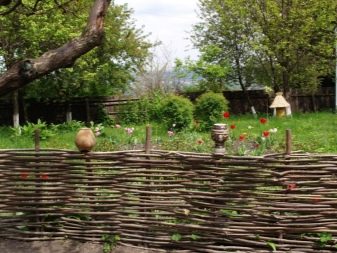
Style of design
Looking at photographs of different types of fences, you can be sure that modern design tends to be minimal and urban. Whether it should be applied to a wooden fence is the owner's decision. But, of course, it is worth paying attention to new trends:
- For example, a combination of wood and gabions with pergons. Metal cages 25-30 cm wide filled with stones and pebbles are pergons. Such cells can act as a support for a tree, a foundation or a full-fledged section of a fence. Gabion is the same metal mesh with a stone, but it can have a larger parallelepiped shape than a pergon. Or maybe, in general, be of any other form. Figures - gabions can be sections of the fence or perform a decorative (and at the same time protective) function at the gate or wicket.

- The modern palisade is not at all colored pencils made of slabs, but a monumental structure made of timber, made in an urban style. The combination of granite and marble with this kind of wood creates a sense of power and strength.
- Perhaps the mixture of wood, metal and bottle glass can be attributed to eclecticism. This fence has a minimum of wood and a maximum of transparency. A vintage door reminds the owner of the time to collect such material for their fence. The unusual combination of wood and glass made this fence exclusive.

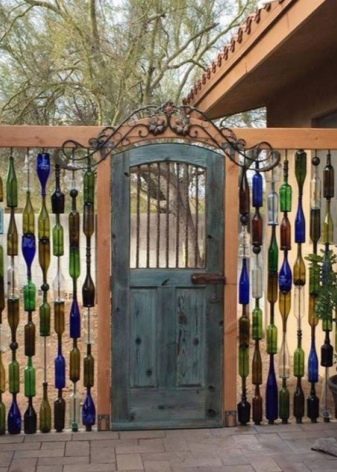
- If you want to have a solid wooden fence, then you can think about combining wood with stone or brick. A rustic-style fence is natural, massive, and reliable. American country style is less rude, but no less reliable. A solid fence using brick pillars will serve its owners for a long time.
- The combination of metal and wood will make the fence durable. Such a modern fence can only perform a protective function or be a real product
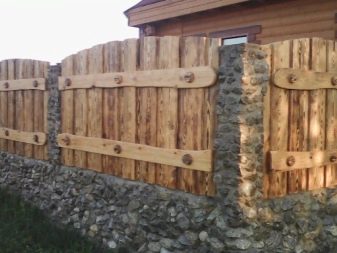
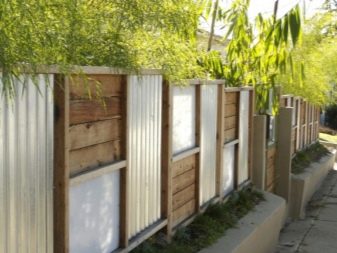
Wood is such a comfortable material that it will withstand combination with any material. The main thing is to turn on imagination and choose the style of the future fence.
How to do it yourself?
The quality of the fence depends, among other things, on the type of wood. Pine, due to the emitted resins, is less exposed to climatic influences. Siberian larch is a hard material that can withstand heavy loads. In addition, it improves its qualities from contact with water.
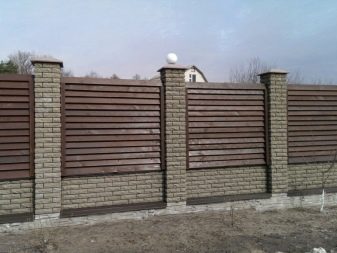
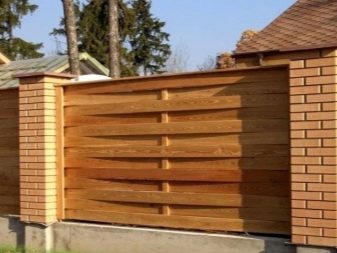
Oak, aspen, ash, alder, mulberry are also used. It is not recommended to make fences of birch: it is short-lived and quickly cracks. There are also original tree species designed for a big pocket or a reliable bank card. Let's name just a few: abashi, akazhu, bangkirai, kasai, kekatong, merbau, tiger tree.
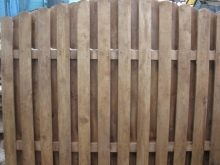
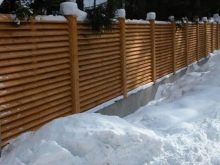
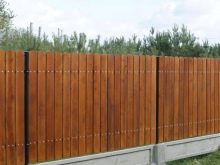
The next item after choosing the style and type of wood will be the calculation of the material. It is clear that for this you need to accurately represent the project according to the drawing... But still, let's try to calculate the number of pickets on a blind or translucent fence.
For this:
- Measure the length of the future fence. For example 50 m (5000 cm) when using boards 10 cm wide.
- Calculate the number of picket fence for a blind fence: 5000 cm / 10 cm = 500 boards.
- Calculation for a translucent fence: the width of the gap between the boards is added to the width of the picket fence. For example: 10 cm (shtaketina) + 10 cm (gap) = 20 cm.Therefore, such a fence will need: 5000 cm / 20 cm = 250 boards.

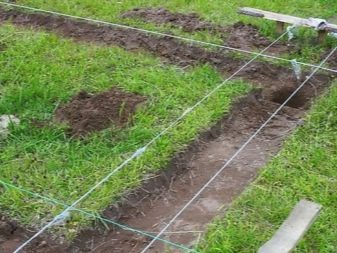
If in the store the price is indicated per cubic meter, then in this case the thickness of one board is multiplied by the length and width. The result is multiplied by the number of boards. This will be the number of cubic meters.
For example, the thickness of the picket fence is 2 cm, the length is 200 cm, and the width is 10 cm. The dimensions must be converted into meters: 0.02x2x0.10 = 0.004. The result obtained is multiplied by the number of boards that are needed for the fence: 0.004x500 = 2 cubic meters of picket fence must be purchased for such a fence.
The number of boards per cubic meter is counted in the reverse order. At the same time, in all cases of calculation, it is necessary to provide for a contingency margin.

For crossbars and pillars, the material must be selected very carefully. If the fence is translucent, then the distance between the posts is 2 m.For a blind fence, the distance is 1.5 m.The digging depth depends on the soil, usually 1-1.5 m.
As a rule, the fence has 2 bars. Therefore, the length of the fence must be multiplied by 2 plus up to 5 m of stock - this will be the need for crossbeams for a picket fence.
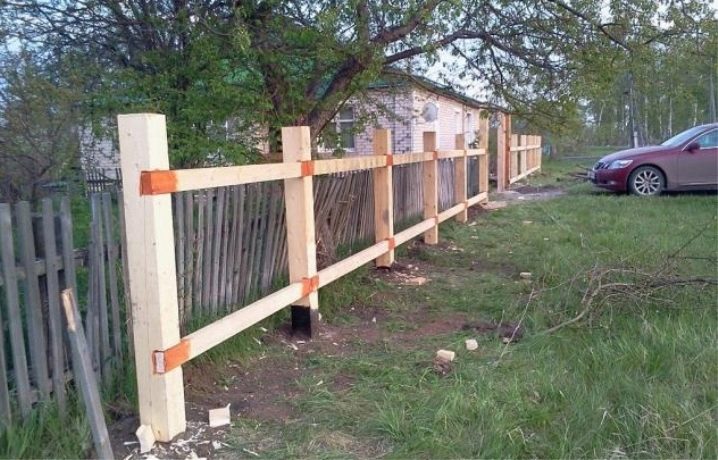
All other options for installing a wooden fence are so individual that you need to calculate them yourself. Having decided on the total amount of all building material, you need to take care of the tools. Depending on the type of fence, this set will also be different. You will most likely need the following tools:
- saw, hacksaw;
- jigsaw;
- axe;
- shovel;
- roulette;
- hammer;
- level;
- rope, twine;
- earth drill;
- screwdriver;
- electric drill;
- scrap.

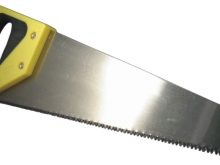

In addition, you will need building materials:
- picket fence, boards (it is better to soak them with a protective compound before installation);
- cross bars, crossbars;
- support pillars;
- pegs for marking;
- sand, gravel;
- cement;
- galvanized fasteners (nails, screws, hinges are also covered with linseed oil before installation).
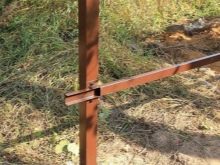
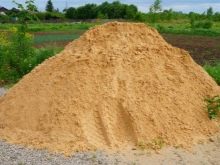
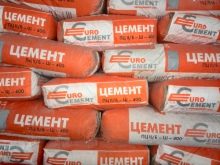
The whole sequence of work will represent several stages:
- support installation;
- fastening of crossbars (if the fence is vertical);
- frame sheathing.
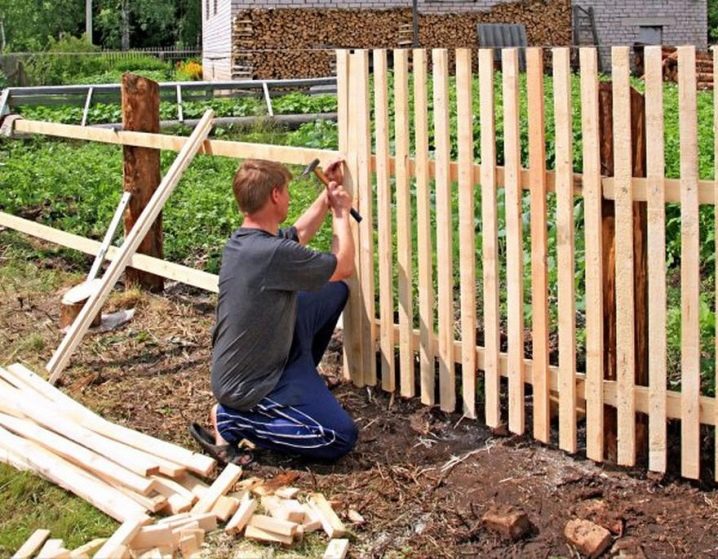
Mounting
There are 2 fundamentally different installation options: with and without foundation. The first option is more laborious, but more durable. The fence according to the second option is much faster and easier. Let's consider it exactly:
- Site preparation. Since the boards will touch the ground with their lower edge, the area must be cleared of grass, stones and irregularities.
- With the help of pointed wooden pegs 60 cm long, they mark the territory according to a pre-drawn plan. The distance between the pegs is the distance between the future supports. The pegs are looped around with a rope that is pulled tight enough. At this point, you need to check how exactly the markup is made.
- The pegs are taken out one by one, and in their place, wells are drilled for supports with a depth of 50 cm (for a flower bed or a low picket fence) to 1.5 m (for a solid massive fence).
- The supports are dug into the ground. There are several installation methods: hammering, backfilling, concreting. But before using any, you need to take care of a wooden support, namely: treat it with a special compound, wrap it with roofing material, cement it into a metal cylinder. All this will save the pillar from decay. Supports are installed using a plumb line. Usually, the bottom of the pit is sprinkled with sand and tamped tightly, then a pillar is installed, covered with gravel and tamped again. The sequence is repeated, while each layer of sand is moistened with water.
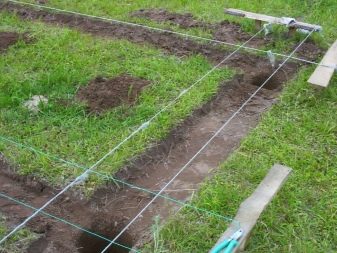
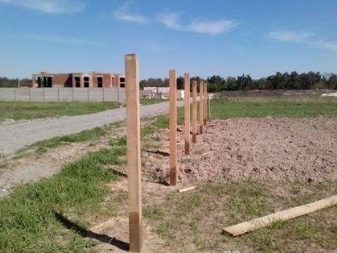
- A nail is driven into the top of each pillar, after which all the nails are pulled together with a rope. In this way, the pillars are aligned.
- The veins are fastened with nails to the supports. The mounting height can be different. Most often it is done as follows: the height of the picket is conventionally divided into 3 parts. The lower bar is nailed at a height of 1/3, the upper one at a height of 2/3. It is important to choose the right nails: too short will not hold the crossbar, too large diameter will lead to cracking of the tree.
- Fastening the picket fence in a deaf or translucent way. Top edge alignment. Decorating it with a saw and jigsaw.
- Protecting the pillars with caps (plastic, metal, wood, glass).
- Impregnation and painting. If the boards were installed without preliminary treatment, then they should be impregnated with linseed oil or a protective compound. This should be done in 2 layers.
Then the fence is painted.
The paint should be chosen for outdoor use. Or, to preserve the naturalness of the wood, prefer varnish.
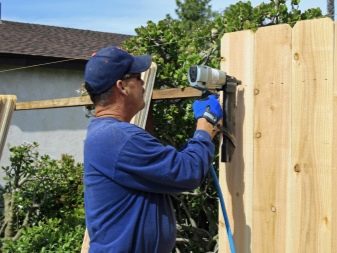

Fastening methods
If the usual fastening methods do not suit you, then you can find more interesting solutions:
- Use a croaker instead of a picket. Such material will decorate a fence in a rustic semi-antique style. And the rounded log, on the contrary, looks very modern.
- You can bend the boards in such a way that you get an Austrian braid - a double-sided fence with minimal gaps.
- Planken can be used. This is a type of larch facade boards, in which all corners are chamfered or rounded. Due to this, the boards are not attached close to each other, but with a micro distance. This method of fixing the plank does not allow the boards to swell from moisture and deform.
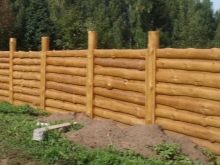
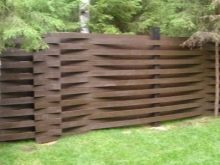
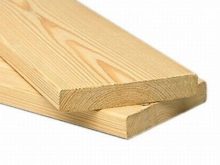
- Creation of wood siding. For this, the boards are fixed horizontally, starting from the bottom, with an overlap of about 25 mm.
- Creation of horizontal blinds. To do this, notches are made in the supports, into which boards are inserted at a slight angle. This method will practically close the review, but will significantly save the amount of material. In addition, it is ideal for areas with strong winds, as the fence will not be subject to wind loads.
- The picket fence can be mounted diagonally. The difficulty of this method lies in the constant measurement of the angle at the beginning of installation. But such a fence will look great, especially if its upper edge is left in the form of a picket fence. With the diagonal method, the fence can also be dull or translucent.
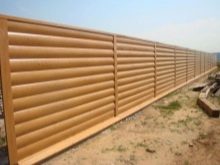
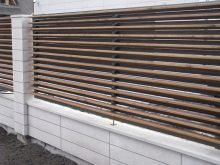
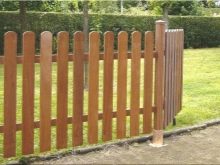
- You can use the chess method, which was already mentioned above. Such a fence can be vertical or horizontal. In this case, the length of the pickets can be the same or different (more complex option, but also more interesting).
If you pass very tightly thin untreated birch branches and trunks through the crossbeams, then such a wattle fence will be cheap, but it will protect just as well.


In addition, there are fastening methods where the boards are fastened between the support posts or by hiding the posts. The first case will require more time and accuracy.
If the pillars are brick or stone, then other methods are used. Here, sectional installation of spans between the posts is possible. This work is done with an assistant. It is more laborious, but the fence will last for a long time.

Care Tips
In order for a wooden fence to please with its appearance for a long time, you need:
- soak the wood with an antiseptic prior to installation;
- check the absence of anthills at the site of the future fence;
- install a protective visor not only on the support pillars, but also over the spans (if this does not fit into the chosen style, then you can try to secure the fence with a glass or polycarbonate visor);
- timely get rid of grass along the fence, this will reduce the level of moisture;
- after installation, cover the entire tree with a primer, this is done only in dry weather on dry wood;
- paint it once every 2-3 years.


It is good to protect the wooden fence from fungus and cracking with Swedish paint or yacht varnish.
Many water the boards with hot linseed oil before installation.

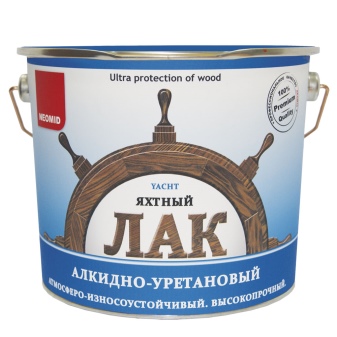
Since the untreated board loses moisture under the influence of ultraviolet rays, it is the impregnation that neutralizes this disadvantage. Many people use special UV hardeners as impregnation, which are sold in hardware stores. They process the boards several times on a primer so that the impregnation penetrates as deep as possible into the wood. After that, the tree is covered with paint or varnish.
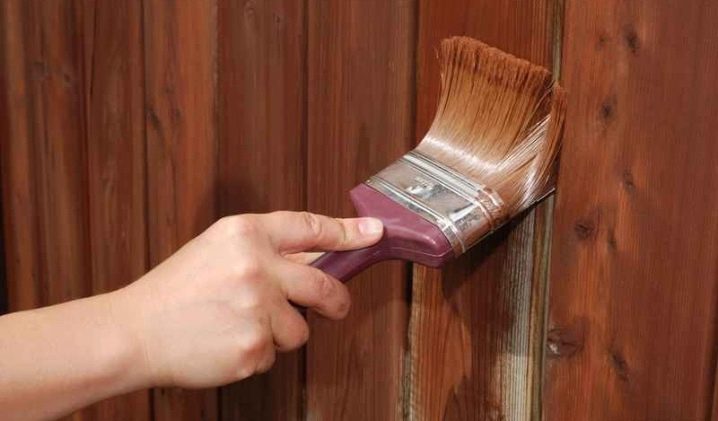
Unlike drying oil and varnish, Swedish paint is a homemade composition of:
- 250 g of copper sulfate;
- 250 g of iron red lead;
- 250 g table salt;
- 230 ml of drying oil or linseed oil;
- 570 g rye flour;
- 4.5 liters of water.
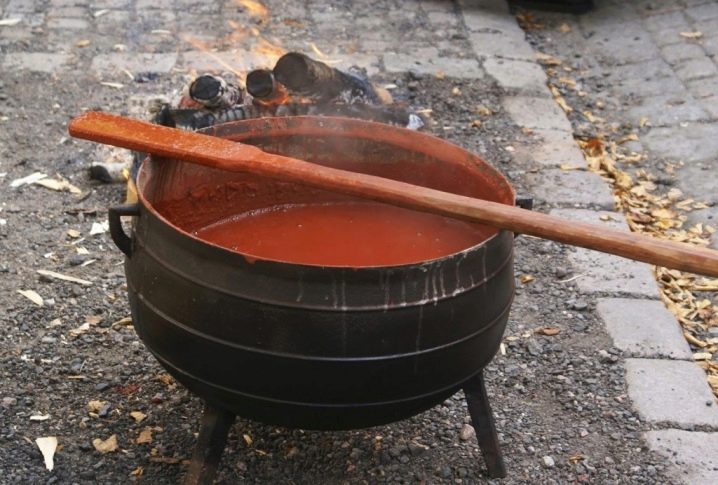
According to these proportions, you can prepare any amount of paint, but at the same time remember: the paint thickens very quickly, so either you need to cook in small portions, or paint in several hands. Mixture consumption: 210-270 ml per square meter.
This recipe will give the wood a golden color. To obtain a different color, red lead is replaced with ocher, hydrogen peroxide or another colored component.
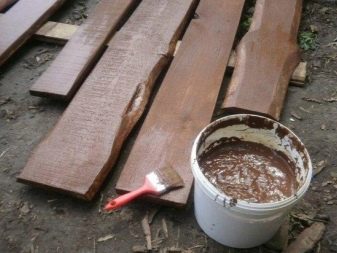

Prepare the paint in this way:
- boil a paste of flour and 3 liters of water;
- to remove lumps, the substance is passed through a sieve;
- the strained glue is put back on the fire, adding salt and vitriol;
- you need to constantly stir the mixture, waiting for the vitriol to completely dissolve;
- continuing stirring, little by little add drying oil, then water (you should get a liquid composition of a homogeneous consistency).
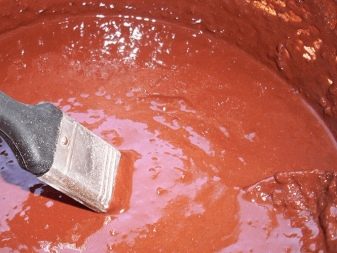
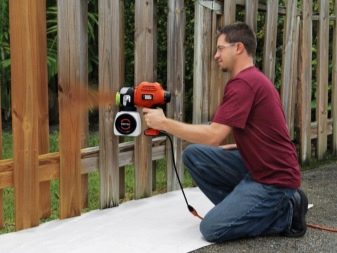
Paint is applied in two layers... Do not forget about the fastening metal elements. They also need to be coated with special anti-rust solutions. Loose metal parts are reinforced with inserted dowels.
But during operation, the fence may require not only preventive painting, but also repair. If preventive work against rye did not help, then the metal parts are simply changed. If we are talking about wooden elements, then it is necessary to determine the degree of deterioration.
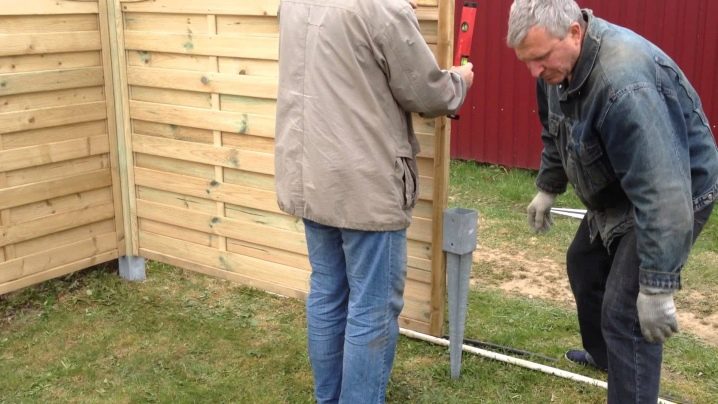
If the pillar-support has loosened, but has not rotted, then it is carefully dug in about 20 cm in depth and the same width. Leveling the support vertically, the pit is covered with broken brick and filled with cement. They put props for several days. The reason for this play of support is the insufficient depth of the pit during installation and the violation of the installation technology.
If the pillar is rotten at its bottom, then the entire pillar or its lower part can be replaced. It is probably easier to replace the entire post. But if this is not possible, proceed as follows: the pillar is dug out from the side and the decayed part is sawed off. A concrete support is prepared in advance instead of the decayed part. Bolt holes are drilled in the upper part of it.
The concrete pile is installed in the pit, galvanized bolts are inserted into the holes. The entire structure is coated with an antiseptic. A wooden post is put on the bolts, aligned along the slope and fixed with spacers. Crushed stone or broken brick is poured into the pit, and all this is compacted tightly. After a few days, the spacers are removed.
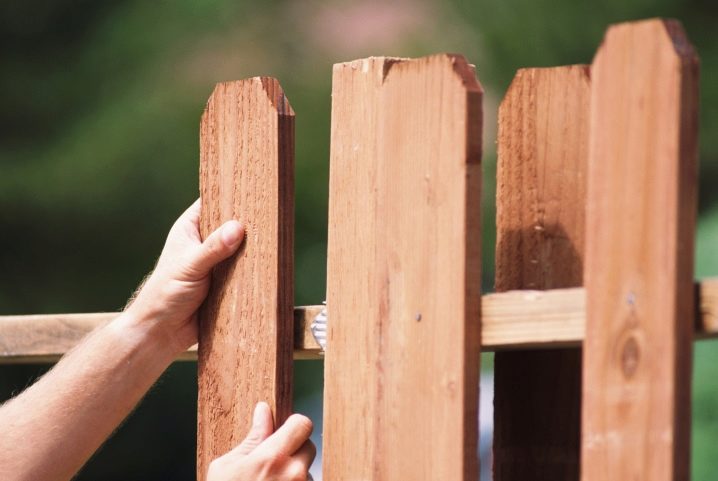
If the pickets have rotted or become unusable, then they need to be replaced. After dismantling, the repair site is treated with an antiseptic and dried, only after that a new board is installed.
The climate of any region of the world will affect wooden fences: somewhere there is too much rainfall, which causes the wood to rot; the hot sun dries it up and leads to cracking. Dusty sandstorms rip paint off.
All this warns the owners of wooden fences: only timely maintenance will extend its service life.
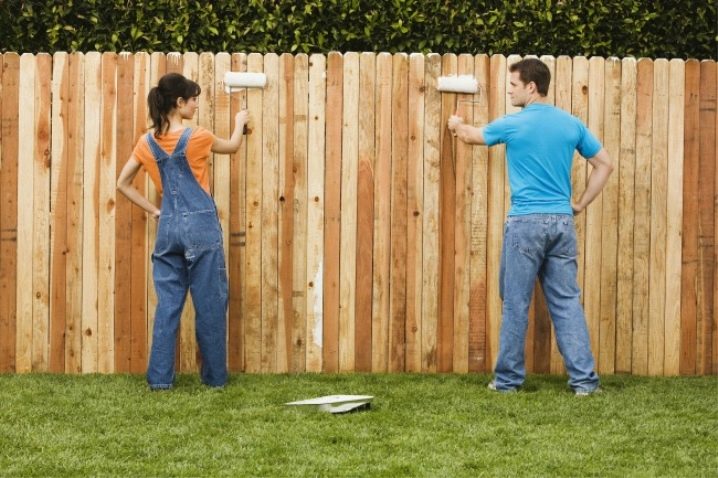
Beautiful examples
Above, there were many examples of how you can decorate a summer cottage or a country house, a front garden or a flower bed with the help of various types of wooden fence. But there are so many beautiful examples that it is worth paying attention to at least a few more:
- It doesn't take a lot of money to build such a wonderful fence. Only a jigsaw, sandpaper, a woodcarving knife and the master's desire to make a real masterpiece out of a simple fence. And even if the fence seems worn out by time, only a true craftsman knows that a fairy tale lives behind it.
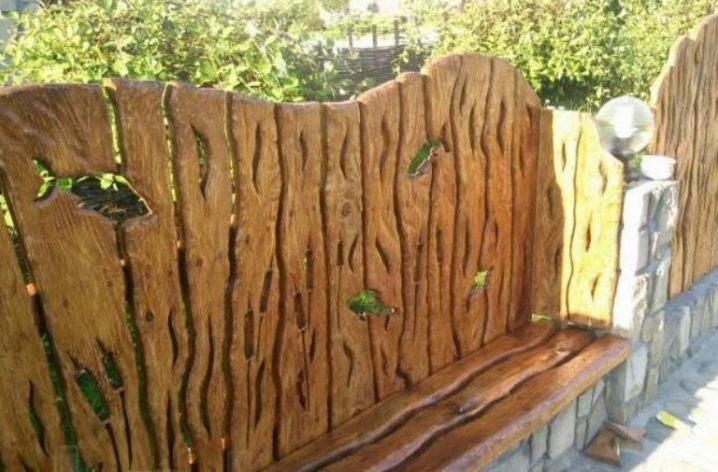
- The croaker is a substandard board, therefore it costs very little. The more valuable is such a fence. After sanding and processing, the usual croaker turned not only into a resting place, but also into a kind of entrance to another interesting and unusual world.
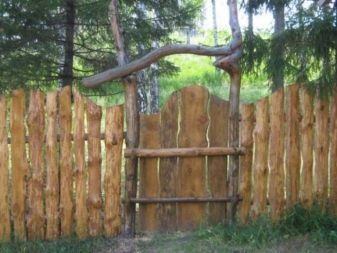
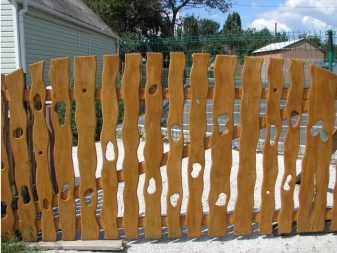
- Such a fence will require painstaking work. A board that, at first glance, does not seem to be edged, is unlikely to be. Careful work with a jigsaw, a sander, coupled with the work of a bricklayer makes this fence an exclusive, worthy of the highest praise.

- A wooden fence, combined with a stone and metal gabion, makes you stop to not only consider this unusual sight, but also think about deep philosophical topics. In our life, everything coexists in a strange way: warm wood with cold metal, soft board with hard stone.
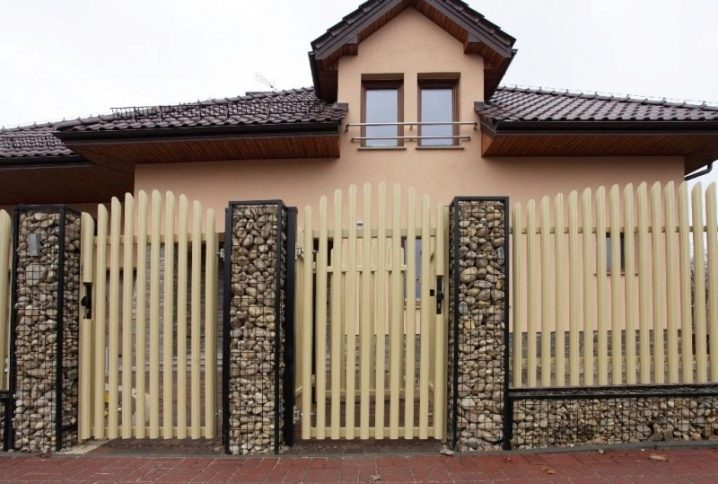
- This fence, like the house on the site, is protected for a long time from all misfortunes: strong stone supports, stone foundations, Swedish paint on a checkerboard.A very caring owner took care not only of his property, but also of his own time. After all, such a fence will not need repair for a long time.
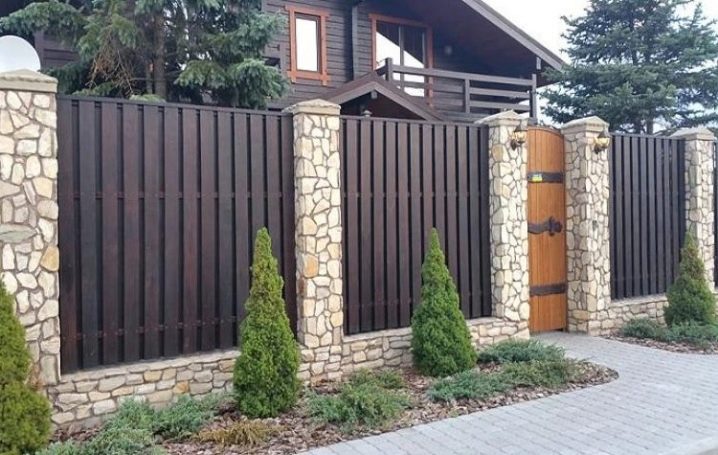
- But if the previous option is very expensive, then this one is very budgetary. Such a fence cannot be fully called wooden, rather, combined. And it is subject to every non-lazy owner. With a large number of inserted branches, you can achieve good protection of your site.
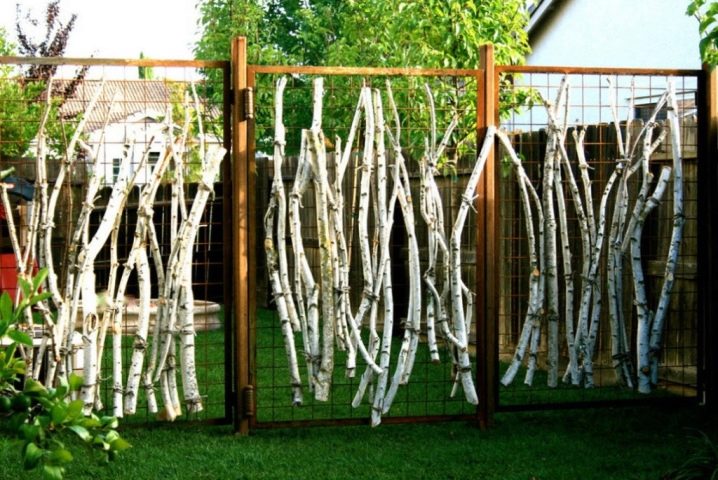
- This fence is a symbol of creative thinking. On the one hand, this is the most reliable protection, on the other hand, there is a sufficient view and a way to talk to neighbors on the go without opening the wicket. The use of waste material makes this fence even more valuable.
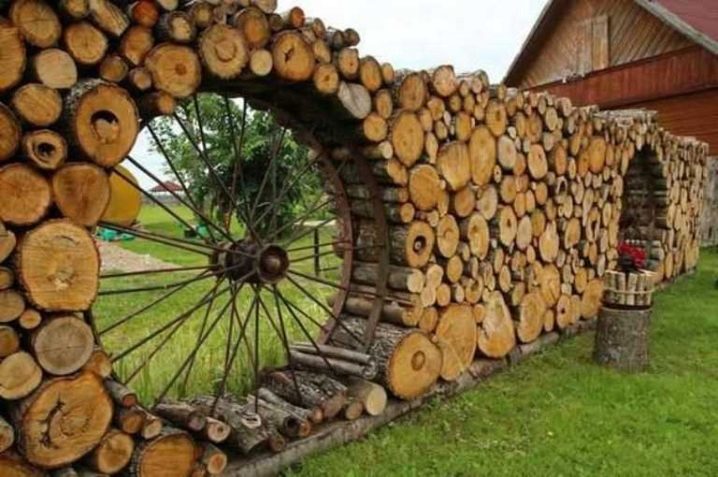
- The article mentioned many different options for wattle fence, but this one is special. It looks so organic, soft on the site. At the same time, it perfectly zones the entire territory. Here you can have tea with a company or hide from everyone and sit in silence. The unusual shape of the spiral makes the desire to get to the center even greater.

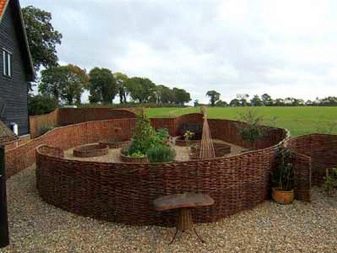
- To make such a horizontal non-standard chess, you need to think completely outside the box. Different widths and lengths of the boards, gaps where, it would seem, should not be. Beautiful, unexpected, interesting.

- Even if you look closely, it is still difficult for an ordinary viewer to understand how this fence is made. It is convex, as if woven. The cross beam seems to let the boards pass through itself. Moreover, the view of the burnt wood makes the fence completely unusual.
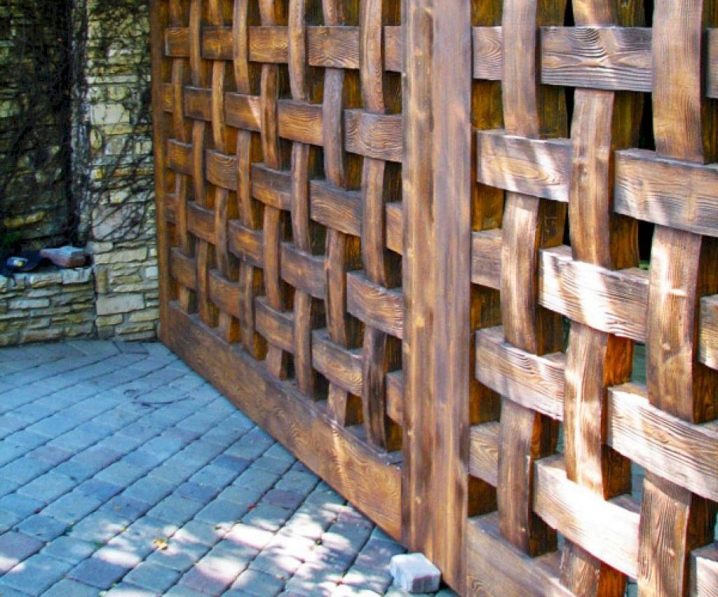
- And this combined fence breaks stereotypes again: the usual rounded top and a completely unusual form of joining two materials. Definitely beautiful. Also such interesting colors.
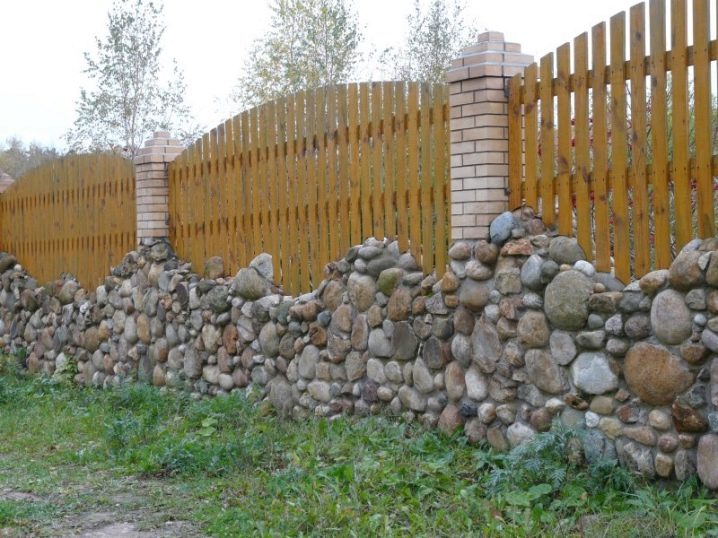
- Only one thing can be said about such a fence: a fairy tale lives here. And the real master of his craft came up with it.
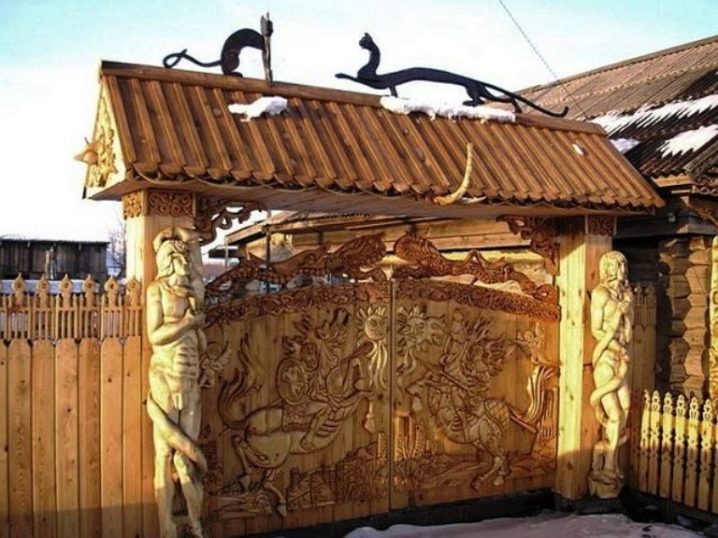
- The value of this fence is that it decorates not an elite cottage village on Rublevka, but an ordinary rural street. And if the owners of this non-standard house and Austrian wickerwork created such beauty in an ordinary village, it means that the peasants on the Russian land have not died out yet.
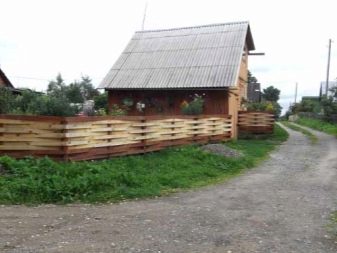
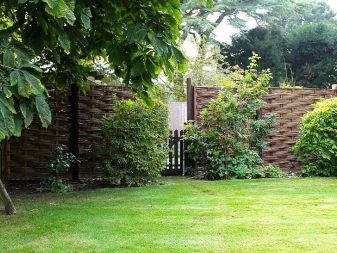
- Of course, in a couple of years, such a fence will have a different look, but with what love it was made. Ideal height, selection of planks and even a "doormat" in front of the entrance to the territory.
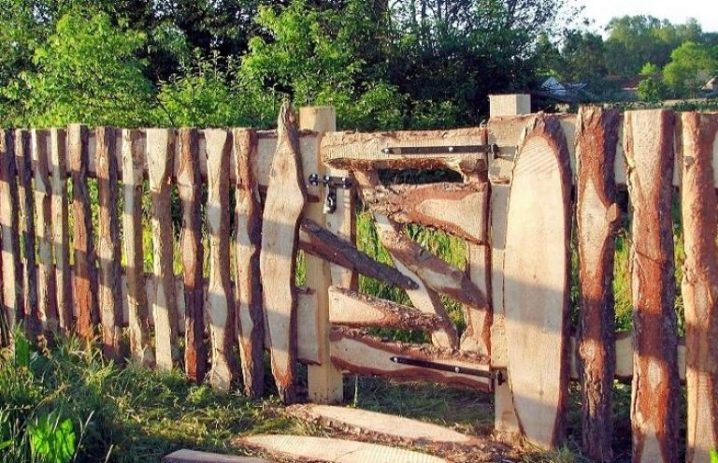
For information on how to install a wooden fence yourself, see the next video.



































































The comment was sent successfully.